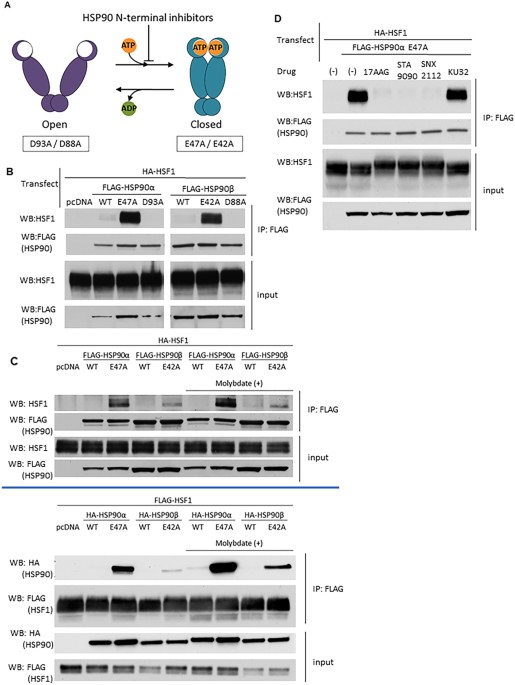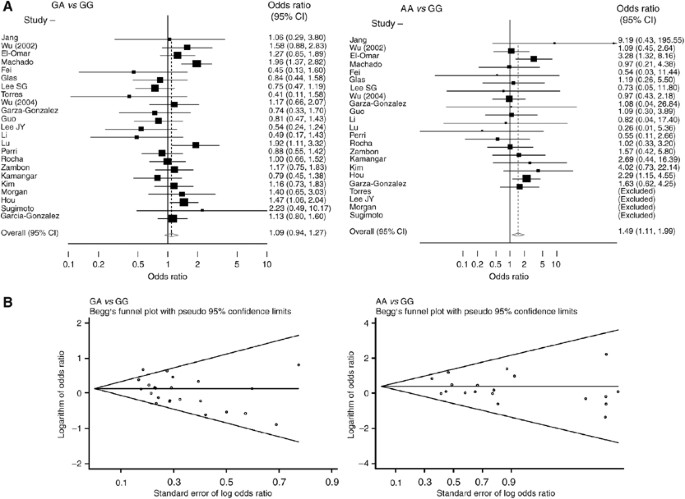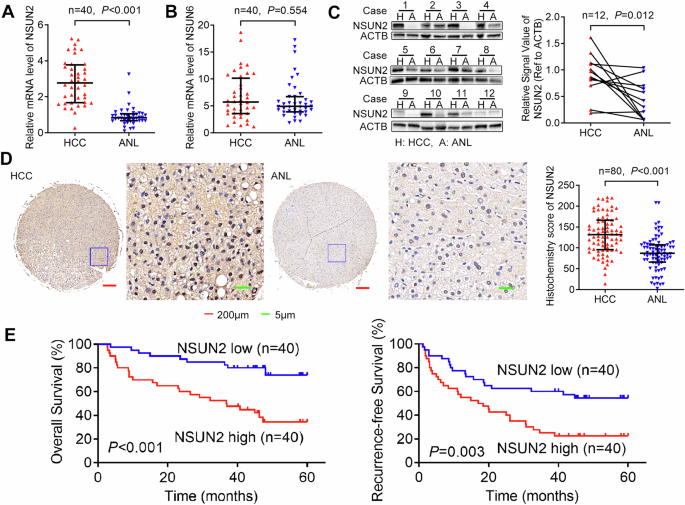- Select a language for the TTS:
- UK English Female
- UK English Male
- US English Female
- US English Male
- Australian Female
- Australian Male
- Language selected: (auto detect) - EN
Play all audios:
Access through your institution Buy or subscribe There are no prizes for guessing the cellular function of the protein survivin. It was named for its ability to promote cell survival in
cancer by blocking programmed cell death—and it's a protein that has become steadily more familiar in the cancer field in recent years. Since its discovery in 1997, survivin has emerged
as one the most commonly found proteins in tumor cells. Take into account its rarity in healthy tissue, and you can understand why several companies have invested heavily in putative
antisurvivin agents, with a handful already in clinical testing. The lead compound—YM155 from Japan's Astellas Pharma—has already completed phase 2 trials for various forms of cancers.
However, new data are emerging from preclinical tests to suggest that the drug might not be working exactly as first anticipated. The first hint of trouble came in April, when researchers
from the Biological Testing Branch of the US National Cancer Institute's Developmental Therapeutics Program in Bethesda, Maryland performed a barrage of _in vitro_ tests on YM155, known
chemically as sepantronium bromide, and on a similar in-house compound called NSC80467. They found that both agents kill cells primarily by inducing DNA damage, not by suppressing survivin
directly—a finding that suggests that any effect on survivin is probably a secondary event caused by general deactivation of gene expression (_Cancer Chemother. Pharmacol._
doi:10.1007/s00280-012-1868-0, 2012). This is a preview of subscription content, access via your institution ACCESS OPTIONS Access through your institution Subscribe to this journal Receive
12 print issues and online access $209.00 per year only $17.42 per issue Learn more Buy this article * Purchase on SpringerLink * Instant access to full article PDF Buy now Prices may be
subject to local taxes which are calculated during checkout ADDITIONAL ACCESS OPTIONS: * Log in * Learn about institutional subscriptions * Read our FAQs * Contact customer support Authors *
David Holmes View author publications You can also search for this author inPubMed Google Scholar RIGHTS AND PERMISSIONS Reprints and permissions ABOUT THIS ARTICLE CITE THIS ARTICLE
Holmes, D. Cancer drug's survivin suppression called into question. _Nat Med_ 18, 842–843 (2012). https://doi.org/10.1038/nm0612-842b Download citation * Published: 06 June 2012 * Issue
Date: June 2012 * DOI: https://doi.org/10.1038/nm0612-842b SHARE THIS ARTICLE Anyone you share the following link with will be able to read this content: Get shareable link Sorry, a
shareable link is not currently available for this article. Copy to clipboard Provided by the Springer Nature SharedIt content-sharing initiative









